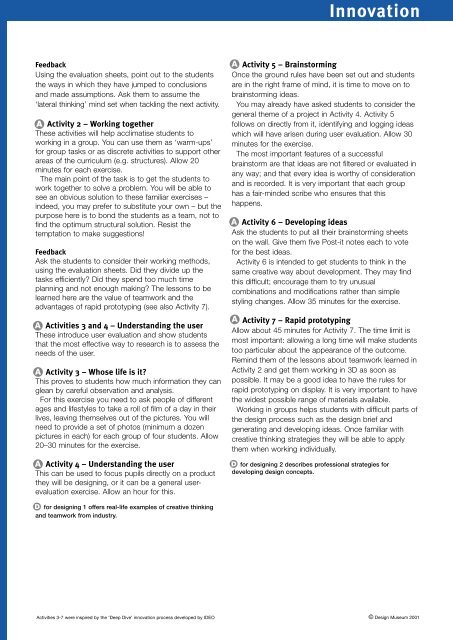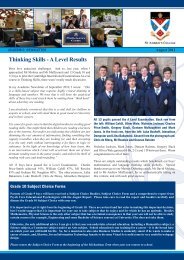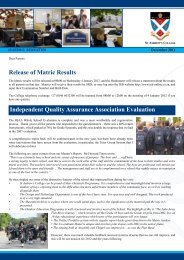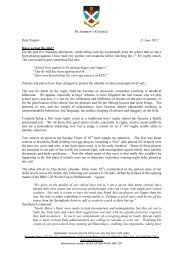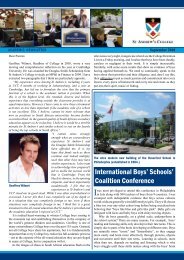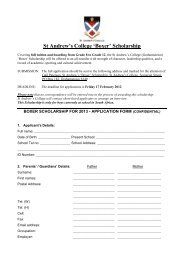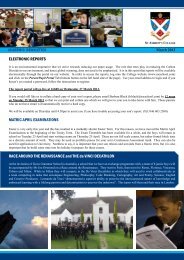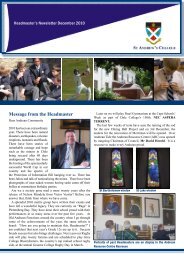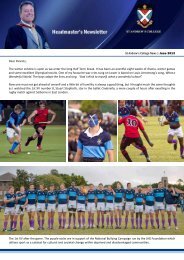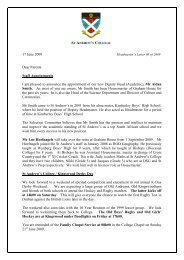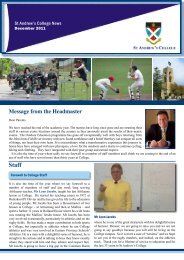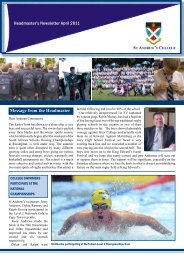Innovation resource pack - Design Museum
Innovation resource pack - Design Museum
Innovation resource pack - Design Museum
- No tags were found...
You also want an ePaper? Increase the reach of your titles
YUMPU automatically turns print PDFs into web optimized ePapers that Google loves.
<strong>Innovation</strong>FeedbackUsing the evaluation sheets, point out to the studentsthe ways in which they have jumped to conclusionsand made assumptions. Ask them to assume the‘lateral thinking’ mind set when tackling the next activity.A Activity 2 – Working togetherThese activities will help acclimatise students toworking in a group. You can use them as ‘warm-ups’for group tasks or as discrete activities to support otherareas of the curriculum (e.g. structures). Allow 20minutes for each exercise.The main point of the task is to get the students towork together to solve a problem. You will be able tosee an obvious solution to these familiar exercises –indeed, you may prefer to substitute your own – but thepurpose here is to bond the students as a team, not tofind the optimum structural solution. Resist thetemptation to make suggestions!FeedbackAsk the students to consider their working methods,using the evaluation sheets. Did they divide up thetasks efficiently? Did they spend too much timeplanning and not enough making? The lessons to belearned here are the value of teamwork and theadvantages of rapid prototyping (see also Activity 7).A Activities 3 and 4 – Understanding the userThese introduce user evaluation and show studentsthat the most effective way to research is to assess theneeds of the user.A Activity 3 – Whose life is it?This proves to students how much information they canglean by careful observation and analysis.For this exercise you need to ask people of differentages and lifestyles to take a roll of film of a day in theirlives, leaving themselves out of the pictures. You willneed to provide a set of photos (minimum a dozenpictures in each) for each group of four students. Allow20–30 minutes for the exercise.A Activity 4 – Understanding the userThis can be used to focus pupils directly on a productthey will be designing, or it can be a general userevaluationexercise. Allow an hour for this.A Activity 5 – BrainstormingOnce the ground rules have been set out and studentsare in the right frame of mind, it is time to move on tobrainstorming ideas.You may already have asked students to consider thegeneral theme of a project in Activity 4. Activity 5follows on directly from it, identifying and logging ideaswhich will have arisen during user evaluation. Allow 30minutes for the exercise.The most important features of a successfulbrainstorm are that ideas are not filtered or evaluated inany way; and that every idea is worthy of considerationand is recorded. It is very important that each grouphas a fair-minded scribe who ensures that thishappens.A Activity 6 – Developing ideasAsk the students to put all their brainstorming sheetson the wall. Give them five Post-it notes each to votefor the best ideas.Activity 6 is intended to get students to think in thesame creative way about development. They may findthis difficult; encourage them to try unusualcombinations and modifications rather than simplestyling changes. Allow 35 minutes for the exercise.A Activity 7 – Rapid prototypingAllow about 45 minutes for Activity 7. The time limit ismost important: allowing a long time will make studentstoo particular about the appearance of the outcome.Remind them of the lessons about teamwork learned inActivity 2 and get them working in 3D as soon aspossible. It may be a good idea to have the rules forrapid prototyping on display. It is very important to havethe widest possible range of materials available.Working in groups helps students with difficult parts ofthe design process such as the design brief andgenerating and developing ideas. Once familiar withcreative thinking strategies they will be able to applythem when working individually.D for designing 2 describes professional strategies fordeveloping design concepts.D for designing 1 offers real-life examples of creative thinkingand teamwork from industry.Activities 3-7 were inspired by the ‘Deep Dive’ innovation process developed by IDEO© <strong>Design</strong> <strong>Museum</strong> 2001


